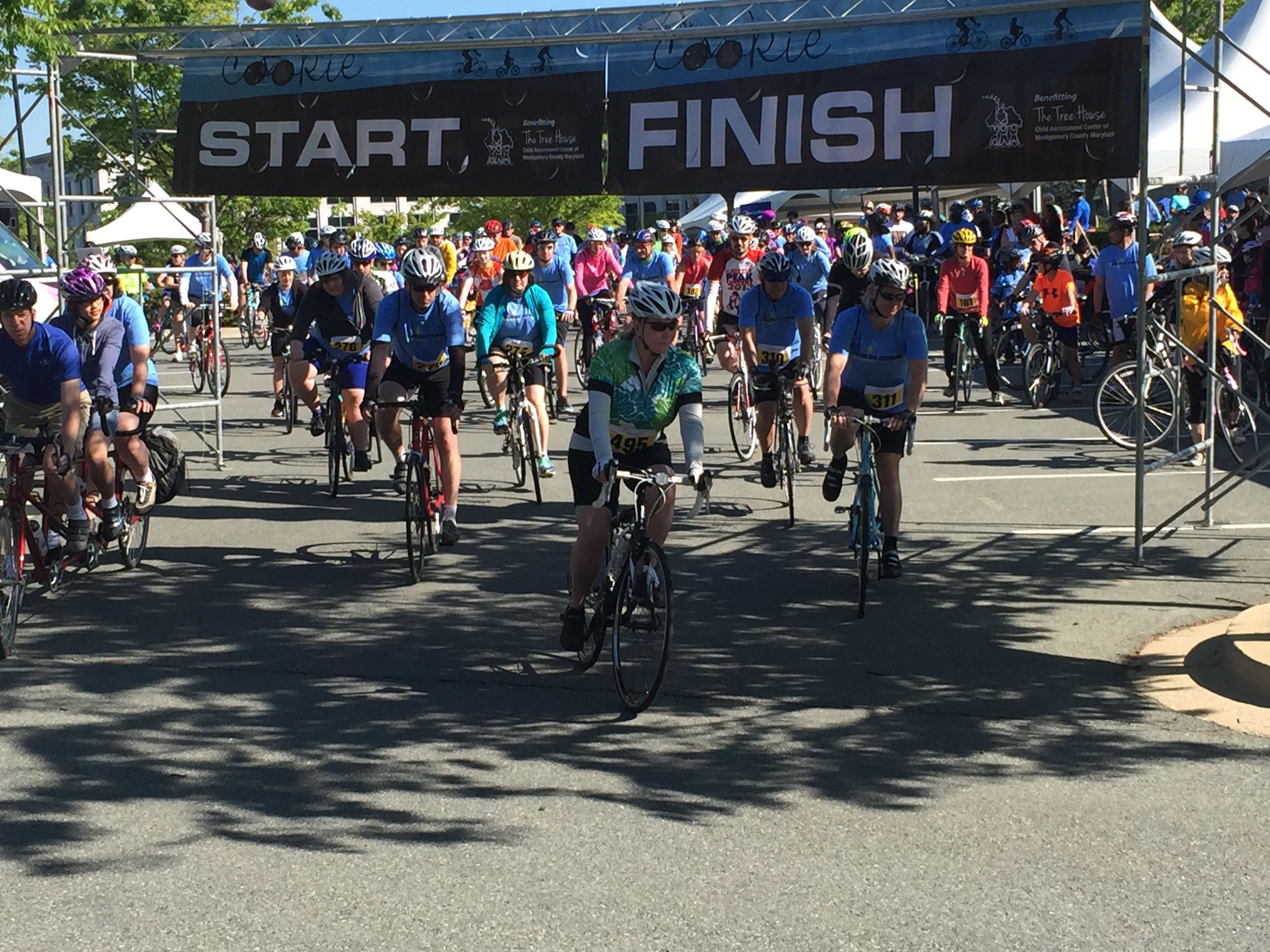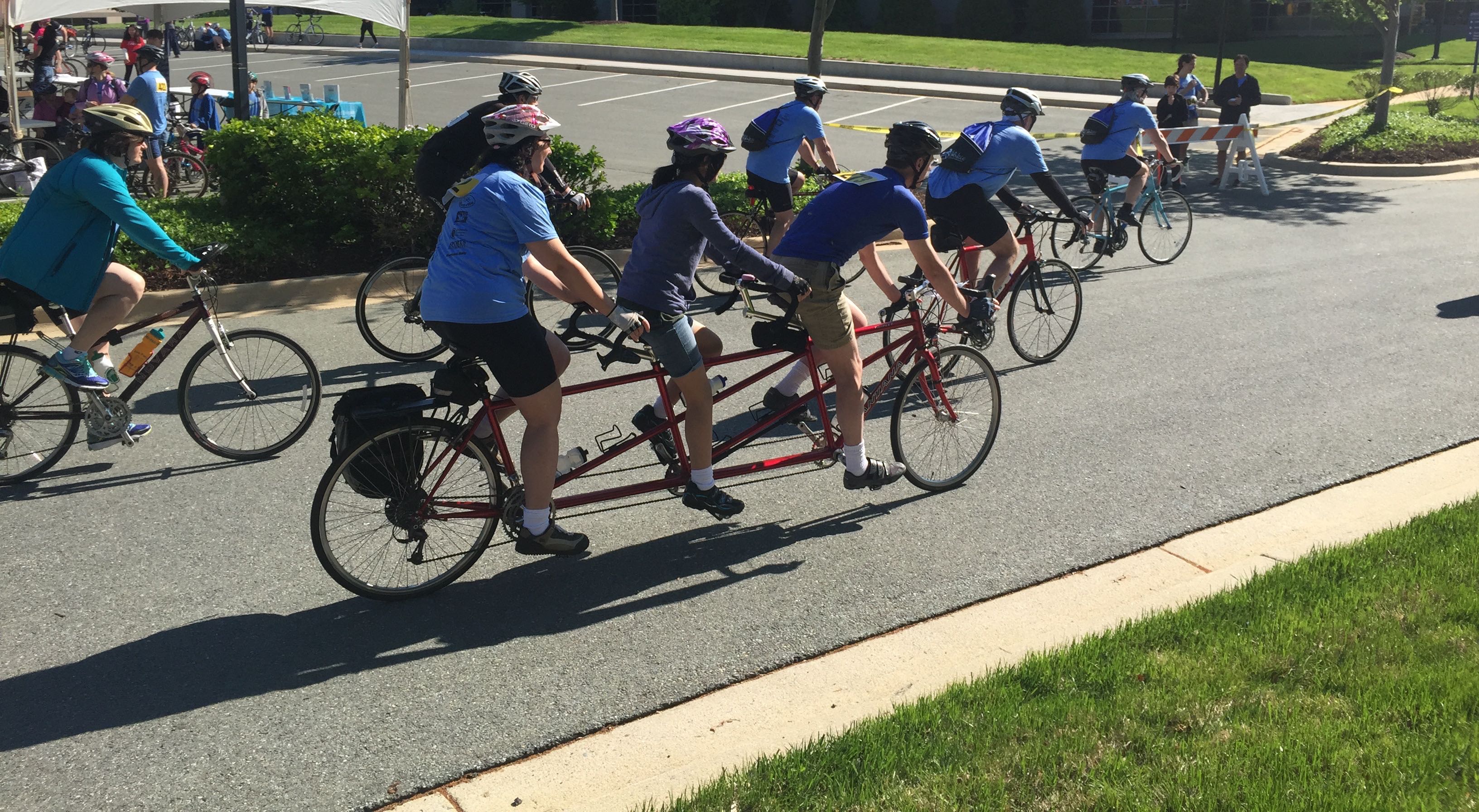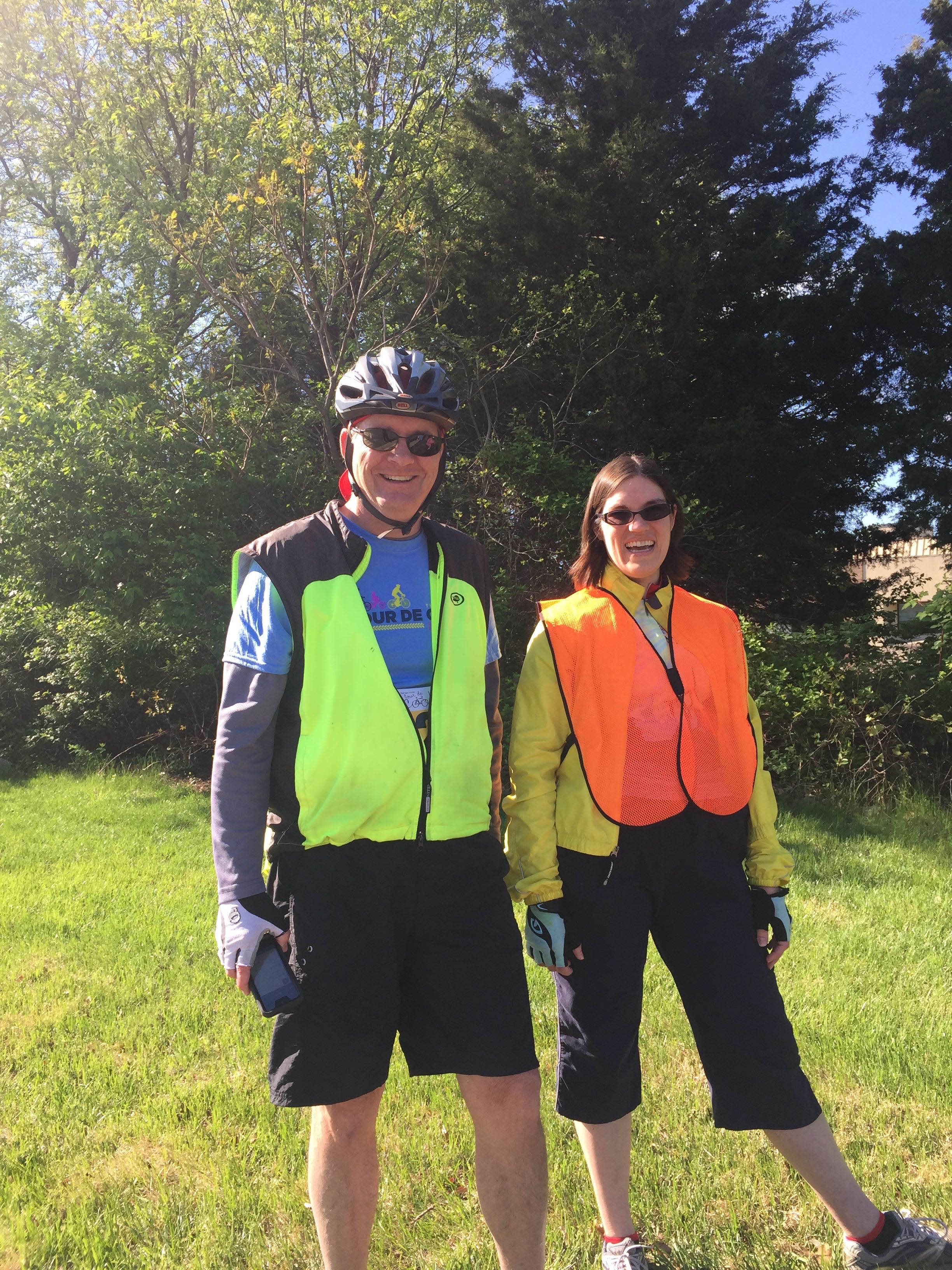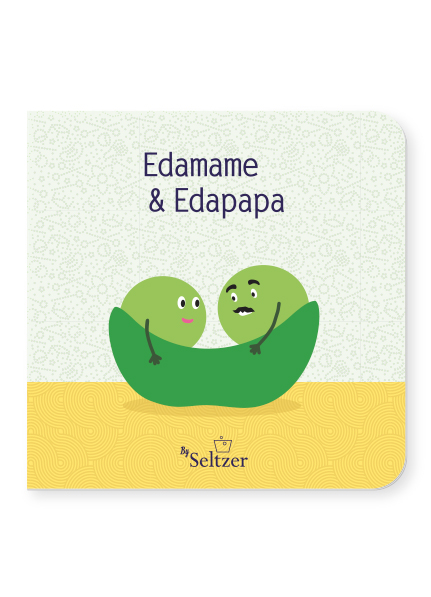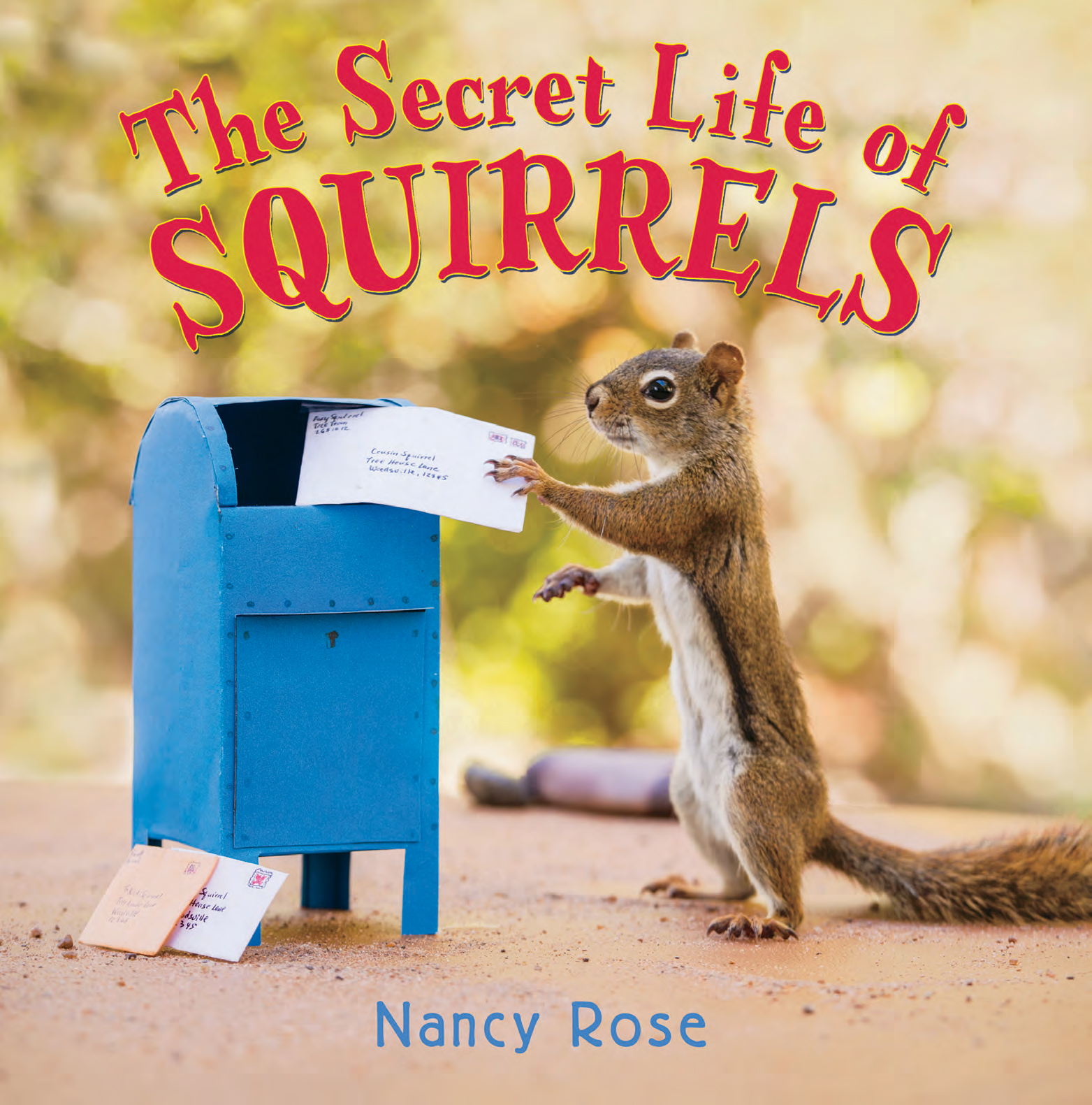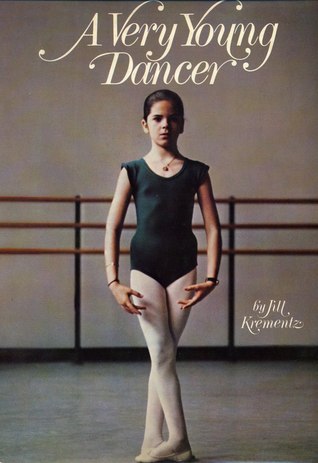There’s a joke I tell about my own babyhood that although I started talking late, I’ve been making up for it ever since. At Sprout’s 18 month appointment, we thought he might be following the same path. He was a tiny bit behind on his verbal development – nothing to be concerned about, but significant enough to keep an eye on. My mom is a speech-language pathologist, so I knew if he needed an evaluation or services, I could get great advice and wasn’t worried. But it turns out we had nothing to be concerned about anyway. Lately, it looks like he’s closer to following Chris’s path, who was speaking in full sentences by his second birthday.
At the last doctor’s appointment, we realized that we weren’t entirely sure if he had reached the milestone or not because we hadn’t kept track particularly well. More importantly, we wouldn’t have any clue if he had reached the 2-year-old 100 word goal if we didn’t start some type of system. While some people do rather more elaborate methods (like this adorable “Word Wall”), we stuck with something simpler – a calendar. I took the free but beautiful calendar I recieved from the Nature Conservancy and started writing down every word he said independently (no repeating after us) on the day he said it. Although we could have just used a piece of paper, going slightly more complex was the perfect choice. Sprout really enjoys looking at the animal and landscape photographs, which themselves offer opportunities for introducing new words. He now can identify something on every page, from trees to water to monkeys.
While we were far from exact in writing down what word he said when, the calendar also offers us a way to look at patterns in his learning. We found that he tended to have “vocabulary explosions,” where he would suddenly start using 5 or 6 new words in a few days and then go back to a slower pace. It also helped us remember words that he used constantly for a while and fell out of use as he moved on to different ideas.
Besides timing, the most obvious patterns are in terms of subject matter – namely, his love of animals. In addition to the usual farm animals, he knows about different marine animals (sharks, fish, penguins, whales, octopus), flying animals (owls, bats, birds in general), insects (butterflies, or as he says it “flies,” bees), jungle and plains animals (lions that say “rowr,” monkeys, and giraffes). I think most of it comes from his books, the majority of which have animal characters. In addition, his cool wooden animal puzzles from Melissa and Doug have also helped reinforce those concepts. Other popular topics include body parts, household objects, and a few scattered verbs focused on how his body moves (jump, walk, march, hop).
Like most toddlers, he loves identifying everything he sees and knows the word for multiple times, especially cars, buses and birds. His joy at gaining knowledge and mastery over words is rather contagious.
In fact, we’ve actually stopped using the calendar in the last few weeks because he’s learning too many new words for us to keep track. He’s up to more than 200 and gaining new ones on a daily basis. While it’s no longer in active use, the calendar is a really nice (and compact) keepsake of this particularly exciting time.
With a solid foundation of single words, he’s started developing a larger vocabulary around concepts. He’s increasingly close to knowing the alphabet song, although he routinely skips letters. Hilariously, he recognizes when something is a letter, even when he has no idea which letter it is. He’ll go up to our Prius, which has the word Hybrid in raised letters near the door and say, “A…B…D…” He does the same thing with numbers. Occasionally when he’s babbling to himself instead of sleeping, he’ll count: “1…2…5….10.” It’s hard to both stifle my giggles (I don’t want to sound like I’m mocking him) and gently correct him while being encouraging.
He’s starting to link phrases together too, making it a little easier to have conversations. The other day, he said “Ow. Foot” to Chris. When Chris asked what happened, Sprout responded, “Hog. Sharp.” From that, Chris could figure out that he stepped on the dryer hedgehog (it replaces dryer sheets), which has sharp plastic spikes. Today, as he walked past the neighbors’ house, he said, “Dog. Scared.” They have a medium but very loud dog that barked at him the other day.
I know some people dread their kids learning to talk because it allows them to talk back. But I much prefer words – even sarcastic ones – to crying or whining. Plus, one of things that has always connected Chris and I is our love of good conversation. I hope that we can share that with him and have great things to discuss with each other in the years to come.
